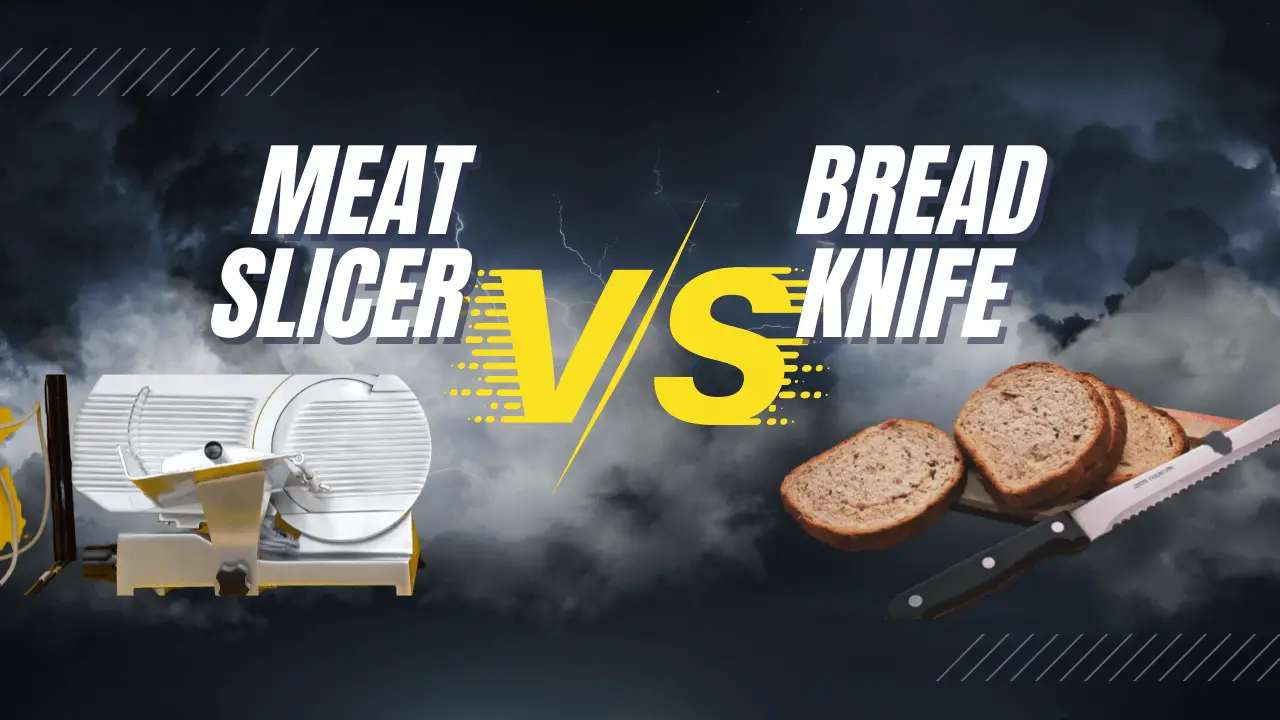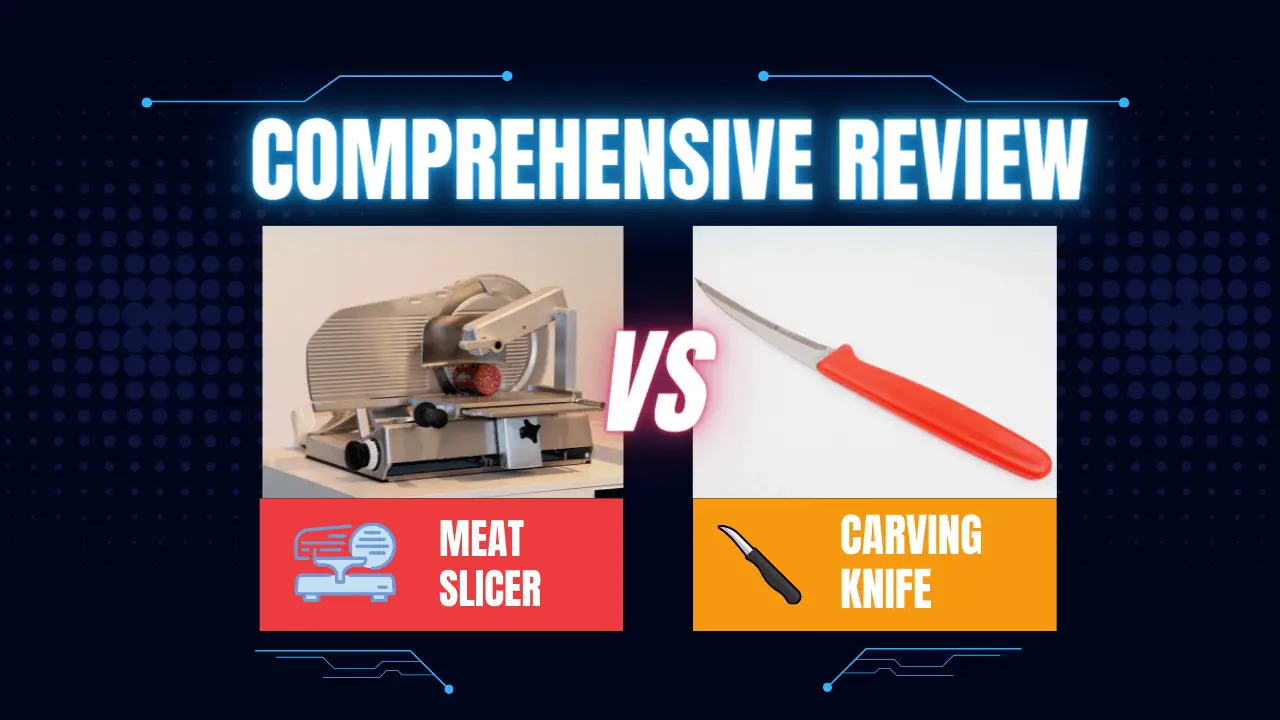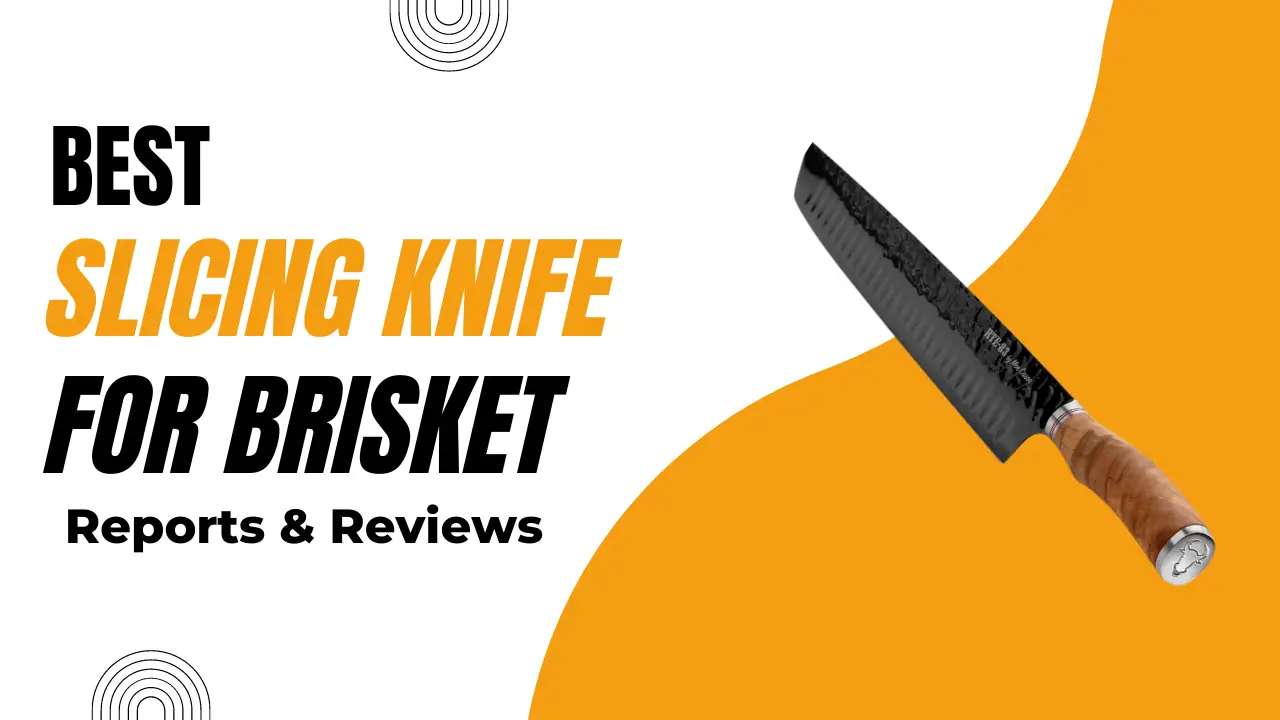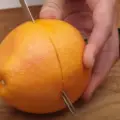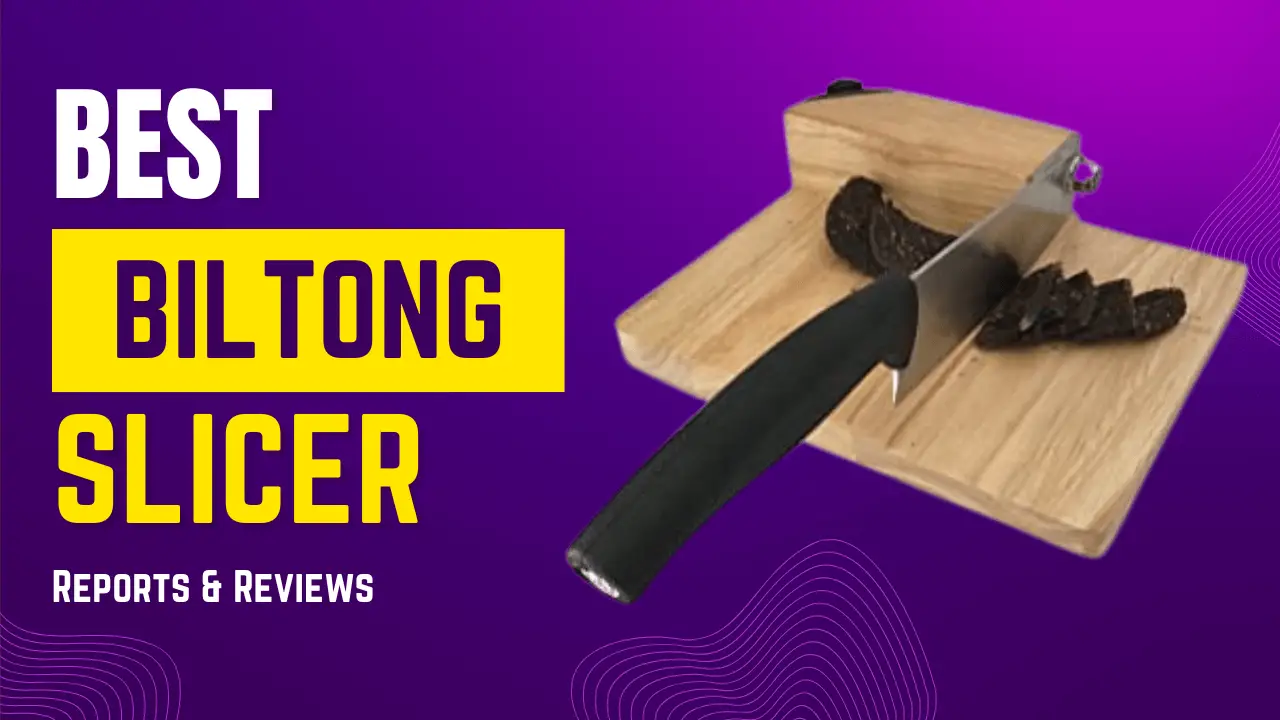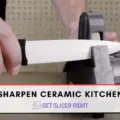The Shun Classic and Premier Knife both offer exceptional performance, durability, and elegant designs. The Classic has a more subtle Damascus finish and typically comes with black or light brown handles. On the other hand, the Premier showcases a hammered finish and features curved middling brown handles. Classic knives are generally more affordable than Premier knives. Both lines share similarities in their construction, including cladded steel blades, full tangs, and sharp cutting angles
Shun Classic
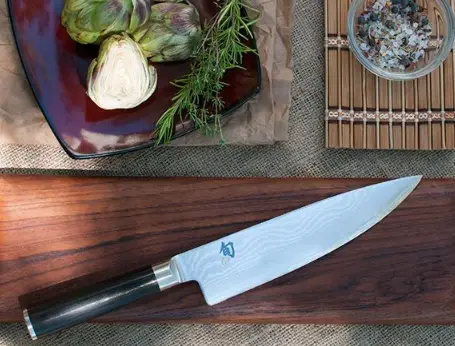
The Shun Classic knives are renowned for their exceptional performance, durability, and affordability. Here are some key features of the Shun Classic knife line:
Blade Construction
- The Shun Classic knives feature 68 layers of cladded steel, resulting in a striking Damascus finish that resembles flowing waves on the knife surface.
- The cladding not only enhances the knife’s durability but also prevents food from sticking to the blade.
Full Tang and Cutting Angle
- Both the Shun Classic and Premier knives have full tangs, which means the steel extends from the tip of the knife to the handle’s end, providing balance and durability.
- The cutting angle of Shun Classic knives is approximately 16° per side, making them sharper than most German-style knives.
Handle Design
- The Shun Classic knives typically have black or light brown handles made from PakkaWood, a durable material that combines natural wood and resin.
- The handles have a square shape with a D-shaped grip, offering users enhanced control and stability during cutting tasks.
Subtle Damascus Finish and Pricing
- The Shun Classic knives have a generally more subtle Damascus finish compared to the Premier line.
- They are usually priced slightly lower on average compared to their Premier counterparts, making them an attractive option for budget-conscious buyers.
Shun Premier
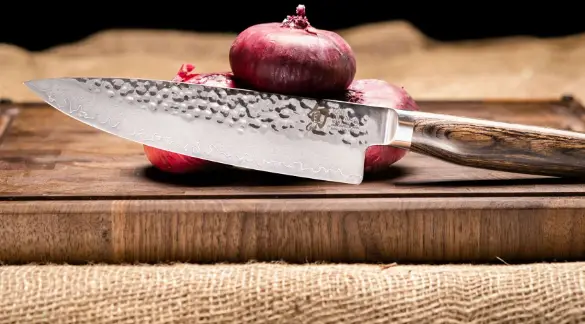
The Shun Premier knives exhibit elegance, superior craftsmanship, and a distinctive hammered finish. Let’s explore the unique characteristics of the Shun Premier knife line:
Damascus Finish with Hammered Indentations
- The Shun Premier knives showcase a combination of Damascus finish and hammered knife finishes.
- The hammered indentations on the top half of the knives create a visually striking aesthetic, although it does not directly impact durability or cutting performance.
Handle Design
- Most Shun Premier knives feature handles with a middling brown color, made from the same PakkaWood material as the Classic line.
- The handles of Premier knives have a more curved shape, offering a comfortable grip, although it may slightly compromise control and stability compared to the Classic knives.
Pricing
- On average, the Shun Premier knives are slightly more expensive compared to the Classic blades, reflecting their premium design and unique features.
Shun Classic vs. Premier Chef’s Knives
Now, let’s focus on the comparison between the Shun Classic and Premier chef’s knives, which are versatile and essential tools in any kitchen. Here are the key characteristics of each knife:
Shun Classic 8” Chef’s Knife
- Blade: The Shun Classic 8” Chef’s Knife features a VG-MAX cutting core, a high-quality steel blend that offers exceptional strength and corrosion resistance.
- Handle: The knife has an ebony PakkaWood handle with a straight shape, providing comfortable and secure grip even at tricky angles.
- Performance: With its sharp edge and durable construction, the Shun Classic 8” Chef’s Knife excels at chopping, dicing, slicing, and a wide range of kitchen tasks.
- Aesthetics: The mild Damascus finish adds an appealing visual element to the knife while preventing food from sticking to the blade surface.
- Pros: Excellent steel quality, water-resistant handle, sharp and durable edge, aesthetically pleasing Damascus finish.
- Cons: The handle may not be as comfortable for extended use.
Shun Premier Chef’s Knife, 8 Inches
- Blade: Similar to the Classic, the Shun Premier Chef’s Knife has a VG-MAX cutting core and offers exceptional cutting performance.
- Handle: The knife features a curved walnut-colored handle, providing a comfortable grip during prolonged use.
- Performance: The Shun Premier Chef’s Knife is lightweight, agile, and versatile, making it ideal for slicing, dicing, and chopping various foods with ease.
- Aesthetics: The hammered finish on the blade enhances both the knife’s appearance and its ability to release food easily.
- Pros: High-quality steel with a visually appealing finish, comfortable handle, well-balanced, incredibly sharp edge.
- Cons: Relatively higher price compared to the Classic.
Shun Classic vs Premier Nakiri Knives
Now, let’s compare the Shun Classic and Premier Nakiri knives, which are specifically designed for vegetable preparation. Here are the key details:
Shun Classic 6.5” Nakiri Knife
- Blade: The Shun Classic 6.5” Nakiri Knife features a hand-sharpened, double-beveled steel blade with a 16° cutting angle, ensuring precise and swift cutting performance.
- Handle: It has a straight ebony PakkaWood handle infused with a water-resistant resin for durability.
- Performance: This Nakiri knife excels at swiftly chopping through a variety of hard vegetables and ingredients.
- Aesthetics: The knife showcases the soft Damascus finish, which enhances its durability and adds a touch of elegance.
- Pros: Durable handle and blade, useful Damascus finish, high-quality steel with a sharp edge, well-balanced.
- Cons: Relatively higher price.
Shun Premier Nakiri Knife, 5.5 Inches
- Blade: The Shun Premier Nakiri Knife features a 5.5-inch blade with a Tsuchime-finished surface, adding both visual interest and food-release capabilities.
- Handle: It has a curved wooden handle that offers exceptional comfort, making it ideal for longer kitchen prep sessions.
- Performance: The knife’s balanced weight and precise cutting edge enable efficient and precise vegetable slicing, dicing, and chopping.
- Aesthetics: The knife’s hammered finish and sleek design contribute to its overall appeal and functionality.
- Pros: Comfortable handle for extended use, well-balanced, aesthetically pleasing finishes, secure grip.
- Cons: Higher price compared to the Classic Nakiri knife.
Conclusion
Choosing between the Shun Classic and Premier knife lines ultimately depends on your personal preferences and budget. Both collections offer exceptional performance, durability, and elegant designs.
- The Shun Classic and Premier knives have similar features such as full tangs, cladded steel construction, and a sharp cutting angle.
- The Classic line tends to have a more subtle Damascus finish, while the Premier line showcases a hammered finish for added visual appeal.
- Classic knives typically have black or light brown handles, while Premier knives have a curved, middling brown handle design.
- Shun Classic knives are generally more affordable on average compared to their Premier counterparts.
- Both lines offer exceptional quality and lifetime warranty, and Shun provides free lifetime sharpening for their knives.
Remember to consider your specific needs, preferences, and budget when selecting a knife from the Shun Classic or Premier line.
Frequently Asked Questions:
Q: Are Shun Classic and Premier knives dishwasher safe?
A: No, it is recommended to hand wash Shun knives to maintain their sharpness and longevity.
Q: Can left-handed individuals use Shun Classic and Premier knives comfortably?
A: While the D-shaped handles of Shun knives are designed to provide a comfortable grip for right-handed users, left-handed individuals may find the handle shape less ergonomic.
Q: Do Shun Classic and Premier knives require frequent sharpening?
A: Shun knives, including the Classic and Premier lines, have excellent edge retention. However, the frequency of sharpening depends on individual usage and maintenance practices.
Q: Can Shun Classic and Premier knives be used for cutting through bones or frozen ingredients?
A: Shun knives are not designed for cutting through bones or frozen ingredients. Excessive force or using the knives on hard materials may damage the blade and void the warranty.
Q: How do I maintain the performance and appearance of Shun knives?
A: To maintain the performance and appearance of your Shun knives, follow these tips:
- Hand wash and dry them immediately after use.
- Store them in a knife block or sheath to protect the blade.
- Use honing steel regularly to maintain the knife’s sharpness.
- Avoid cutting on hard surfaces like glass, granite, or ceramic plates.
Key Points:
- Shun Classic and Premier knives share similarities in their construction, including cladded steel blades, full tangs, and sharp cutting angles.
- The Classic line features a more subtle Damascus finish, while the Premier line incorporates a hammered finish for aesthetic appeal.
- Shun Classic knives generally have black or light brown handles, while Premier knives have curved middling brown handles.
- Classic knives are typically more affordable than their Premier counterparts.
- Consider your preferences, budget, and specific needs when choosing between the Shun Classic and Premier knife lines.
Pros, Cons, Similarities, and Differences
Here’s a 5-column table comparing the pros, cons, similarities, and differences between a wire cheese slicer and a regular cheese slicer:
| Wire Cheese Slicer | Regular Cheese Slicer | |
|---|---|---|
| Pros | – Versatile, can adjust the thickness | – Sturdy construction |
| – Suitable for soft and hard cheeses | – Easy to use and handle | |
| – Creates uniform slices | – Wide range of designs available | |
| – Lightweight and easy to store | – Can be used for other food items | |
| Cons | – May require more effort for hard cheeses | – Limited thickness options |
| – Wire can break or wear out over time | – Slices may not be as uniform | |
| – Not suitable for all types of cheese | – May require more space for storage | |
| – Requires more precision and skill | – Maybe less adjustable | |
| Similarities | – Designed for slicing cheese | – Serve the same purpose as slicing cheese |
| – Have a handle for grip and control | – Made of metal or other durable materials | |
| – Can be used in both home and professional kitchens | – Require manual operation | |
| – Can be cleaned easily | – Can be used with different types of cheese | |
| Differences | – Uses a thin wire for slicing | – Uses a solid blade for slicing |
| – Offers more flexibility in thickness adjustment | – Offers limited thickness adjustment | |
| – Requires more skill and precision for consistent slices | – Provides more stability and ease of use | |
| – Generally creates thinner slices | – Can create thicker slices |
References and Citations
Here are some suggested external links related to the above article, along with the corresponding anchor text:
- Shun Classic vs. Premier Comparison https://www.everten.com.au/blog/shun-classic-vs-shun-premier/ – full comparison between Shun Classic and Premier
- Shun Knives Review https://prudentreviews.com/shun-knives-review/ – a comprehensive review of Shun knives
- Best Knives Under $100 https://knifeinformer.com/the-best-pocket-knives-under-100/– selection of the best knives under $100
- Best Damascus Knives https://www.knivesandtools.com/en/ct/top-10-most-beautiful-damascus-chefs-knives.htm– recommended Damascus knives
- Shun Official Website https://shun.kaiusa.com/– Official website of Shun Cutlery
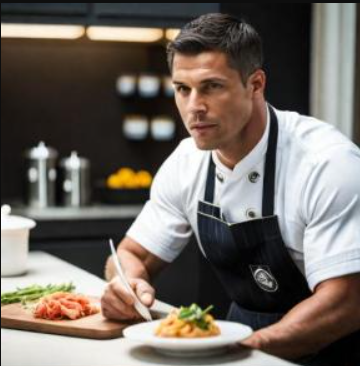
John Hebdon is a food enthusiast, passionate chef, and author of various articles and blog posts related to food and cooking. With a deep love for all things culinary, John’s blog serves as a platform to share his extensive kitchen experiences with a broader audience.
In addition to his culinary expertise, John has a flair for writing and a natural ability to share his passion for food with others. His articles and blog posts are informative, engaging, and packed with practical tips for readers of all skill levels.
As a food enthusiast and writer, John is always on the lookout for new and exciting culinary experiences. Whether it’s trying out a new restaurant, experimenting with a new recipe, or simply sharing a favorite dish with friends and family, John is always eager to explore and share the world of food with others.

